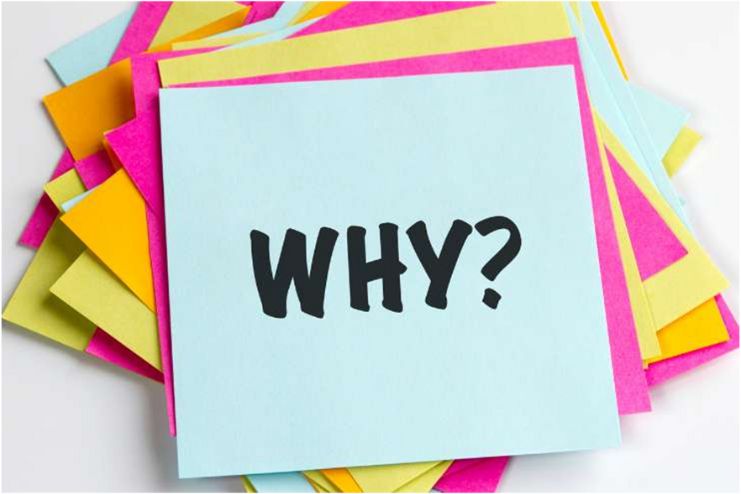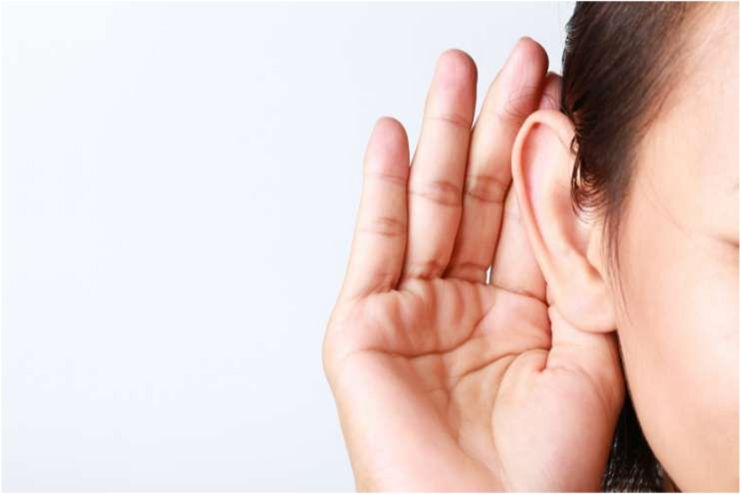Affiliate Disclaimer
Some links in this article are affiliate links. We may earn a small commission if you make a purchase through these links, at no extra cost to you. We only recommend products we find useful to our readersEffective communication is the foundation for building trust, understanding, and connection, all essential for solid and lasting relationships. Expressing our thoughts, feelings, and intentions clearly is crucial in the complex dynamics of human interaction. This article examines the vital role communication plays in maintaining and nurturing healthy relationships.
As social beings, our ability to communicate effectively profoundly influences our relationships with others. Whether personal or professional, successful relationships often hinge on the ability to convey messages clearly and understand one another.
The primary goal of this article is to highlight practical communication techniques that strengthen interpersonal bonds. In a society where misunderstandings are common and continual connectivity exists, having a toolkit of effective communication skills is invaluable. The concepts and practical advice presented will extend beyond mere conversation to encompass understanding, empathy, and mutual growth.
Why Communication Matters in Building Strong Relationships

Successful relationships thrive on clear and caring communication, which helps both partners to connect and understand each other better. Words, when chosen wisely, can strengthen bonds and express emotions effectively. Communication involves sharing not only information but also thoughts and feelings, which build trust and connection.
Since no one can read minds, open conversations are essential to avoid misunderstandings that may lead to hurt or confusion. Every person has unique communication preferences, so couples need to find a style that works for both. Clear and patient communication takes practice, and while it may not always be perfect, mutual understanding is critical.
Poor communication can harm relationships, leading to misinterpretations, unspoken feelings, and growing emotional distance. It may cause unresolved conflicts, dissatisfaction, and loneliness. Over time, it weakens the bond and creates tension.
Recognizing the importance of good communication helps partners navigate challenges and maintain a robust and healthy relationship.
Building Blocks of Healthy Communication
Healthy relationships are based on proper, effective communication, which is made possible by carefully crafting key components that prioritize understanding and connection. Below are four essential components that strengthen the foundation of effective communication:
Active Listening: The ability to actively listen is essential. In addition to demonstrating respect and empathy, active listening allows us to learn more about our partner’s viewpoints, emotions, and ideas.
Empathy: The ability to understand and feel what another person is feeling is the foundation of fruitful communication. Putting oneself in the other person’s emotional situation can foster a sense of validation and mutual understanding. By acknowledging and connecting with one another’s feelings, individuals can establish a relationship beyond words.
Sincerity: Sincerity is the foundation upon which trust is built. The first step in establishing trust is communicating openly and honestly without deception or manipulation. The pillar of healthy relationships is a feeling of safety and trust that develops between individuals when they are confident that their interactions with one another are authentic.
Non-Verbal Cues: Body language and facial expressions are potent communicators. These silent gestures often convey more information than words ever could. An awareness of nonverbal clues adds layers of meaning and context to the discourse, ultimately resulting in a richer overall conversation.
These factors set the stage for genuine connection and openness.
5 Effective Communication Strategies for Relationships
1. Practice Active Listening

Active listening is the unsung hero of solid relationships, turning casual discussions into deep bonds. It is more than just hearing what is being said; it involves genuinely understanding the feelings and motivations that underlie it. Fundamentally, active listening involves putting aside outside distractions, paying close attention, and intelligently answering.
Body language is another aspect of active listening. Lean slightly forward, nod in agreement, and maintain eye contact—these small gestures convey sincere interest. Silence is also a tool. A brief pause promotes deeper communication and allows the speaker to collect their thoughts.
The power of active listening is in its capacity to promote understanding. Demonstrating respect for the other person’s viewpoint lessens miscommunications and diffuses possible disputes before they get out of hand.
2. Express Your Emotions and Needs

Unspoken feelings can create barriers in relationships. Openly and respectfully sharing your needs and feelings is essential for building trust, understanding, and honesty. Expressing your thoughts and emotions clearly strengthens your bond and helps you make decisions, solve problems, and plan together as a team.
Creating a safe space to share joys and struggles fosters deeper emotional connections. Good relationships require mutual trust and assertive communication—where both parties express their wants while respecting each other. This balance prevents misunderstandings and ensures fairness.
Honest and respectful communication creates a strong foundation of trust and authenticity, allowing both partners to navigate life’s challenges together with greater connection and support.
3. Resolve Conflicts Through Compromise

Successful relationships require handling conflicts with a positive attitude. Disagreements are a normal part of life and can be opportunities to grow if managed constructively.
The key is to focus on compromise, where both sides meet in the middle and consider each other’s needs. This approach strengthens the bond and shows that the relationship is more important than the disagreement.
Conflicts often arise in personal relationships due to differing opinions or expectations. Addressing these disagreements early reduces the likelihood of more significant issues, fosters better communication, and strengthens the emotional bond.
Effective conflict resolution involves solving problems together rather than assigning blame. By finding fair solutions and fostering mutual respect, personal and professional relationships can thrive, creating a stronger foundation for collaboration and understanding.
4. Use Non-Verbal Communication Effectively

Body language can express feelings and intentions without words. Things like posture, facial expressions, and gestures add depth to conversations and help us understand each other better. Being aware of these cues helps us connect more deeply and shows empathy.
Nonverbal cues and body language are crucial in relationships, often as important as words. These unspoken signals—like how we listen, move, or make eye contact—show others how much we care, whether we’re honest or engaged. When our body language matches what we say, it builds trust and understanding.
Mastering nonverbal communication involves being observant and sensitive to subtle signals. A raised eyebrow or slight smile can reveal hidden emotions, helping us understand what isn’t being said. By paying attention to these cues, we can improve communication and relationships meaningfully.
5. Set Healthy Boundaries for Digital Communication

Constant messages and notifications can create stress and mix work with personal life. To keep relationships healthy, setting clear limits on digital interactions is essential. It means scheduling times to be online and offline, paying attention to how quickly you respond, and remembering that virtual connections have their limits.
Digital communication has changed how we connect with others, but it also brings challenges. Spending too much time online can make us impatient and antisocial and negatively affect our mental health. While we can’t avoid technology, mental health counselor Jennifer Sadler says it’s important to set boundaries with people online to protect our well-being.
By recognizing the impact of digital communication and setting up boundaries, you can use technology to enhance your relationships without letting it harm them. A mindful approach helps keep your connections real and meaningful in a world filled with screens.
Conclusion
Effective communication is the weaver that connects the threads of intimacy, understanding, and trust in the complex tapestry of human connection. This examination of communication techniques highlights the critical function of these abilities in establishing and maintaining wholesome relationships. Strong connections are based on the capacity to actively listen, communicate honestly about feelings, resolve issues via compromise and empathy, and negotiate.
Finally, it is critical to understand that implementing these communication techniques is an investment in the health of our relationships, not merely a decision. By adopting honest and compassionate communication, people may create a space where understanding triumphs over misunderstanding and where disagreements serve as opportunities for growth rather than obstacles to connection.
References
- https://www.betterhealth.vic.gov.au/health/healthyliving/relationships-and-communication
- https://www.healthline.com/health/lack-of-communication
- https://www.business.qld.gov.au/running-business/marketing-sales/sales/communicating-effectively
- https://open.lib.umn.edu/businesscommunication/chapter/1-2-what-is-communication
- https://www.verywellmind.com/what-is-active-listening-3024343
- https://www.ccl.org/articles/leading-effectively-articles/coaching-others-use-active-listening-skills
- https://www.reconnectcounseling.com/how-to-express-feelings-to-your-partner
- https://oregoncounseling.com/article/expressing-feelings-in-a-relationship
- https://www.indeed.com/career-advice/career-development/conflict-resolution-strategies
- https://www.clackamas.us/ccrs/resolve.html
- https://www.ncbi.nlm.nih.gov/books/NBK470432/
- https://www.helpguide.org/articles/relationships-communication/nonverbal-communication.htm
- https://socialsci.libretexts.org/Bookshelves/Communication/Interpersonal_Communication/Interpersonal_Communication%3A_Context_and_Connection_(ASCCC_OERI)/05%3A_Nonverbal_Elements_of_Communication
- https://www.allure.com/story/healthy-digital-boundaries-online-internet
- https://www.arkansasrelationshipcenter.com/setting-healthy-social-media-boundaries-essential-tips-from-arkansas-relationship-center
- https://www.allure.com/story/healthy-digital-boundaries-online-internet
- https://www.psychologytoday.com/us/therapists/jennifer-sadler-new-york-ny/293292
In this Article


















